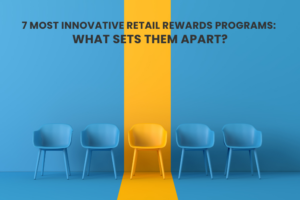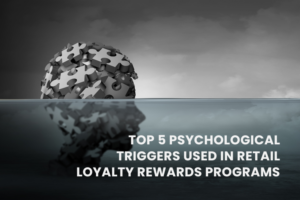The last two years have massively changed how brands interact with customers. In fact, customer experience is the most crucial factor in today’s buyer journey. Brands have to focus on customer experience in whatever activity they plan. This holds true because shopping behavior has changed where consumers look beyond the price and quality of the product and expect a positive and valuable customer experience.
With changing market trends, customer experience, too, keeps on changing. Brands should keep up with the latest and best to survive in a highly competitive business landscape. New customer experience trends will take center stage as we enter into a new year. Let’s check out some key trends in customer experience that we will witness in 2022.
Trend 1: Consumers will Demand Omnichannel Experience
Traditional marketing mix leverages multiple channels to interact with customers at various points along the buyer journey. But today, consumers expect customer experience across multiple channels simultaneously. They find such experiences more seamless and satisfying.
Moreover, as consumers engage with brands through mobile phones, tablets, TVs, SMS, and more, brands are also investing in each platform to ensure they are not missing out on any point to reach out to their customers. Hence, brands have to ensure that they deliver seamless interaction at every point, irrespective of the channel type. A successful omnichannel experience improves the overall shopping journey. OptCulture’s multi-channel management solutions can help you to deliver high-level customer experience across channels.
Trend 2: Use of Artificial Intelligence
Artificial intelligence is not a buzzword. We’re already using AI-enabled apps on our smartphones. In customer service, too, AI plays an essential role. Since the last couple of years, many companies have started using AI chatbots. In 2022, we will see more advanced chatbots that will deliver exceptional customer service and support.
Customers want to get answers to their queries quickly; otherwise, they might just go elsewhere. Here, AI chatbots can meet their expectations faster and better than a human agent and deliver customizable out-of-hours support. Along with AI chatbots, we will also see more adoption of virtual assistants, interactively helping consumers. Along with speed, chatbots ensure assistance in real-time and with fewer blunders.
Trend 3: Mobile Marketing will Continue to Lead
Mobile has made our lives simple. Hence, brands will heavily rely on mobile marketing to interact with consumers. In-app push notifications, personalized content, offers, etc., have helped brands precisely target consumers. So brands will have to plan and strategize the buyer’s smartphone journey majorly.
With 79% of users purchasing online using mobile phones, you will have to make sure you deliver a seamless experience on devices.
Trend 4: Rising Importance of Data Security
Though personalization is not going anywhere, it also triggers concerns around data security. Apple is taking users’ consent to use data and different tracking forms. Similarly, Google is bidding adieu to third-party cookies for tracking information.
Of course, brands don’t want to do anything that makes customers lose trust in them. Hence, companies comply with all data regulations and ensure strong data privacy for their customers. With such efforts, brands show that they care about customers, keeping their data safe and asking for consent whenever needed. This year we will see more inclination on data security, and effective marketing strategies will revolve around such aspects.
Trend 5: Adoption of Subscription-based Models
As companies get rid of third-party data, subscription-based models will continue growing. Instead of focusing on acquiring new customers, brands will shift to retaining existing customers and improving their lifetime value to gain consistent business growth.
We can expect ad spend budgets to go down and more efforts towards delivering personalized product experiences. Nonetheless, if we talk about retaining customers through subscription-based models, brands must provide an exceptional customer experience.
Conclusion
From these trends, it is clear that customer experience is paramount for consumers, and they are not ready to compromise on it. So anything that will be a major priority for brands in 2022 is delivering a superior customer experience.
This blog was originally written by Priya Dialani for OptCulture.




